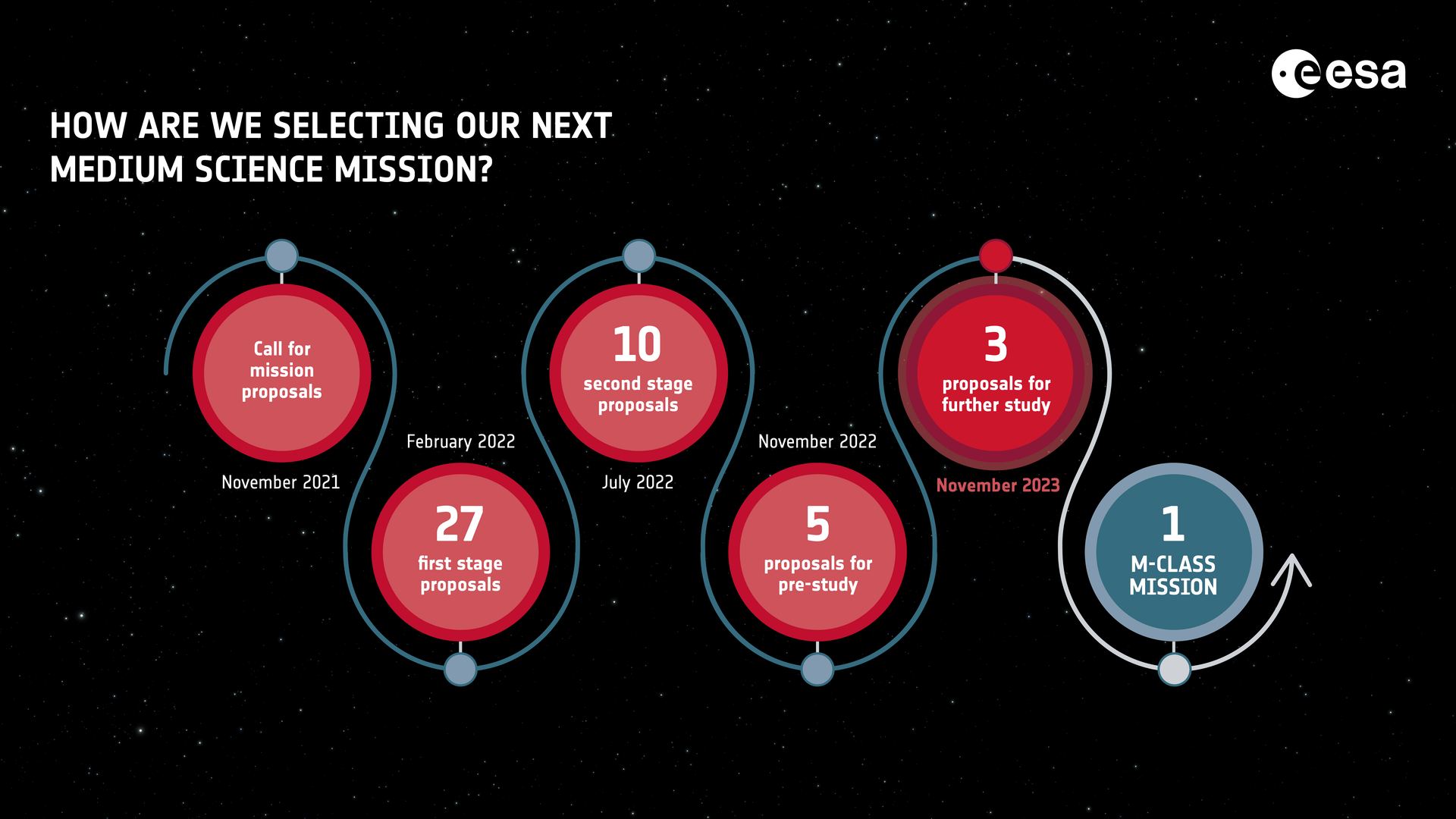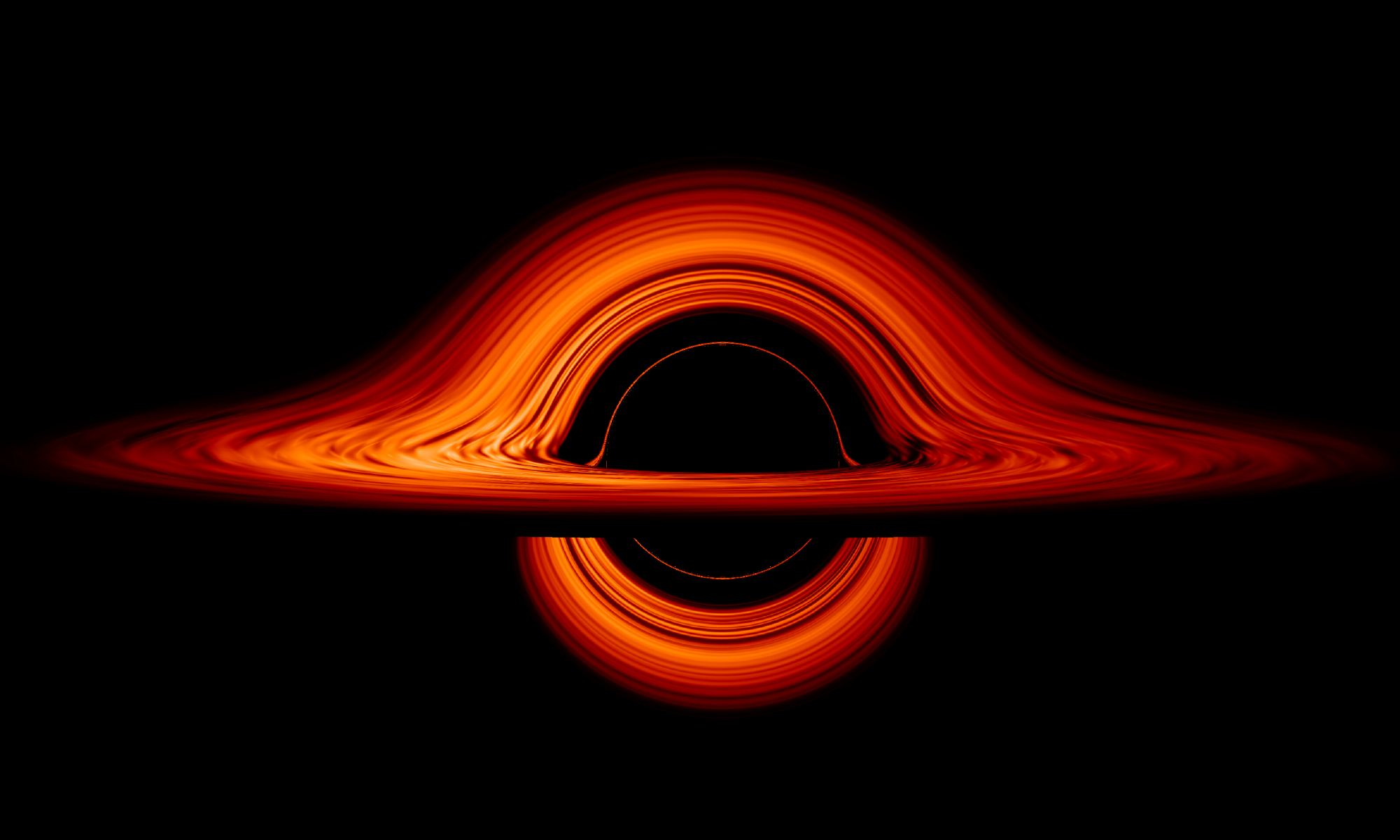Exoplanets are often discovered using the transit method (over three quarters of those discovered have been found this way.) The same transit technique can be used to study them, often revealing detail about their atmosphere. The observations are typically made in visible light or infrared but a new paper suggests X-rays may be useful too. Stellar wind interactions with the planet’s atmosphere for example would lead to X-ray emissions revealing information about the atmosphere. As we further our exploration of exoplanets we develop our understanding of our own Solar System and ultimately, the origins of life in the Universe.
Continue reading “X-Ray Telescopes Could Study Exoplanets Too”Ariane 6 Fires its Engines, Simulating a Flight to Space

Since 2010, the European aerospace manufacturer ArianeGroup has been developing the Ariane 6 launch vehicle, a next-generation rocket for the European Space Agency (ESA). This vehicle will replace the older Ariane 5 model, offering reduced launch costs while increasing the number of launches per year. In recent years, the ArianeGrouip has been putting the rocket through its paces to prepare it for its first launch, which is currently scheduled for 2024. This past week, on Wednesday, November 23rd, the Ariane 6 underwent its biggest test to date as ground controllers conducted a full-scale dress rehearsal.
Continue reading “Ariane 6 Fires its Engines, Simulating a Flight to Space”ESA Has a Difficult Choice: Study Mars, Earth's Magnetosphere, or Gamma-Ray Bursts

The European Space Agency (ESA) is looking to the future and contemplating its next M-class (Medium) mission. These missions are crucial to the ESA Science Programme (part of the agency’s Science Directorate), which aims to provide the best tools to ensure Europe’s continued participation in space exploration and sustain its capabilities in space by fostering innovation, maintaining launch services, and spacecraft operations. The latest round began in December 2021, when the ESA called for proposals for the next M-class mission to launch in the mid-2030s.
In a statement issued yesterday (Wednesday, November 8th), the ESA announced that it had narrowed the list of candidates to three concepts. These include the twin M-MATISSE, the seven-spacecraft Plasma Observatory, and the THESEUS satellite. The final selection will assist ESA operations and research in space by studying the evolution and past habitability of Mars, exploring the plasma environment around Earth, or studying powerful transient events across the Universe. The final selection of one mission is expected to happen by mid-2026.
Continue reading “ESA Has a Difficult Choice: Study Mars, Earth's Magnetosphere, or Gamma-Ray Bursts”A Black Hole Emitted a Flare Away From us, but its Intense Gravity Redirected the Blast Back in our Direction
In 1916, Albert Einstein put the finishing touches on his Theory of General Relativity, a journey that began in 1905 with his attempts to reconcile Newton’s own theories of gravitation with the laws of electromagnetism. Once complete, Einstein’s theory provided a unified description of gravity as a geometric property of the cosmos, where massive objects alter the curvature of spacetime, affecting everything around them.
What’s more, Einstein’s field equations predicted the existence of black holes, objects so massive that even light cannot escape their surfaces. GR also predicts that black holes will bend light in their vicinity, an effect that can be used by astronomers to observe more distant objects. Relying on this technique, an international team of scientists made an unprecedented feat by observing light caused by an X-ray flare that took place behind a black hole.
Continue reading “A Black Hole Emitted a Flare Away From us, but its Intense Gravity Redirected the Blast Back in our Direction”

